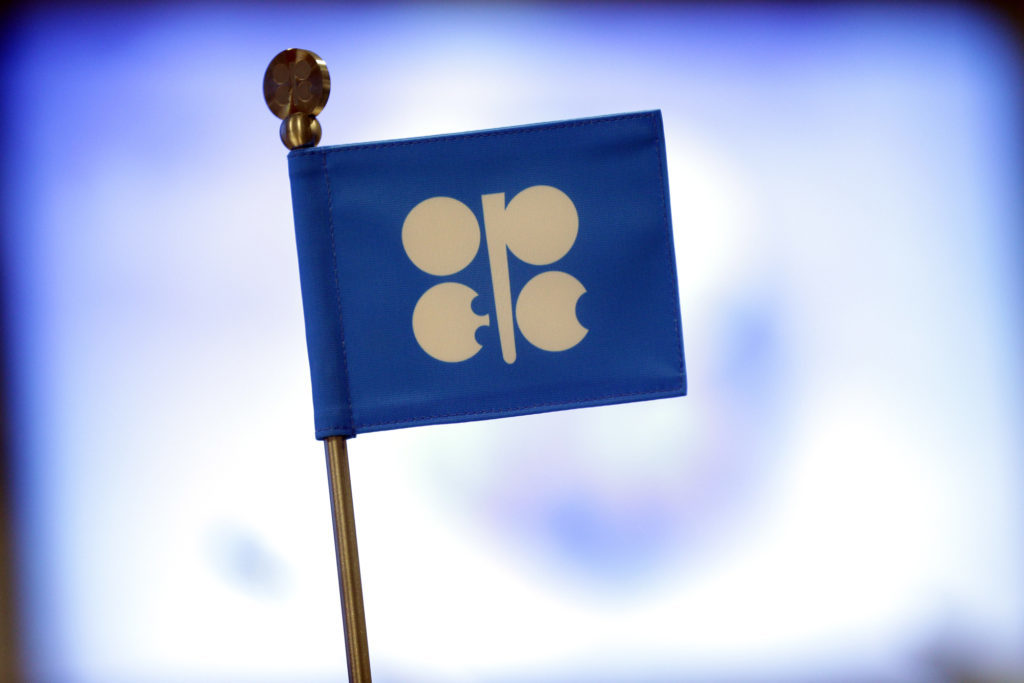
OPEC is on the verge of “mission accomplished” in its quest to clear the global oil glut that caused the worst industry downturn in a generation, the International Energy Agency said.
Less than 10 percent of the surplus in oil inventories remains, as OPEC and its partners have cut production by even more than they intended while world demand soars, said the agency. As Venezuela’s unraveling economy hits its oil production, unplanned losses among the alliance exceed the cut pledged by OPEC’s biggest member, Saudi Arabia.
Since the start of last year, the Organization of Petroleum Exporting Countries and Russia have been spearheading an effort by oil producers to offset the surplus unleashed by U.S. shale drillers. Oil futures climbed to a three-year high in New York this week, moving toward $70 a barrel, as political tensions in the Middle East threaten to strain supplies even further.
“It is not for us to declare on behalf” of OPEC “that it is ‘mission accomplished,’ but if our outlook is accurate, it certainly looks very much like it,” the IEA said in its monthly report. The Paris-based agency advises most of the world’s major economies on energy policy.
Oil inventories in developed nations are just 30 million barrels above their five-year average, the measure that OPEC is using to gauge whether markets are balanced, the IEA said. That’s down from more than 300 million barrels when the group started its cuts.
Global inventories are on track to shrink by 600,000 barrels a day from this quarter through to the end of the year. As a result, data released in the “next month or two” could show stockpiles have dropped below the five-year average.
Nonetheless, as OPEC gets closer to its goal, Saudi Arabia is increasingly eager to revise the target, arguing that the cuts need to continue to ensure markets have properly rebalanced. The producers, who will meet in the Saudi city of Jeddah next week, have examined alternative metrics that filter out excessively-high stockpiles seen in recent years.
While OPEC members agreed to reduce output by about 1.2 million barrels a day, their actual cut last month was more than 60 percent bigger. The group’s 14 members pumped 31.83 million barrels a day in March, the lowest in almost three years. The 24 members bound by the wider accord have now cut output by almost 2.4 million barrels a day, more than their combined pledge of 1.8 million barrels, the IEA said.
The agency kept its forecasts for global supply and demand in 2018 unchanged from last month’s report.
Recommended for you
